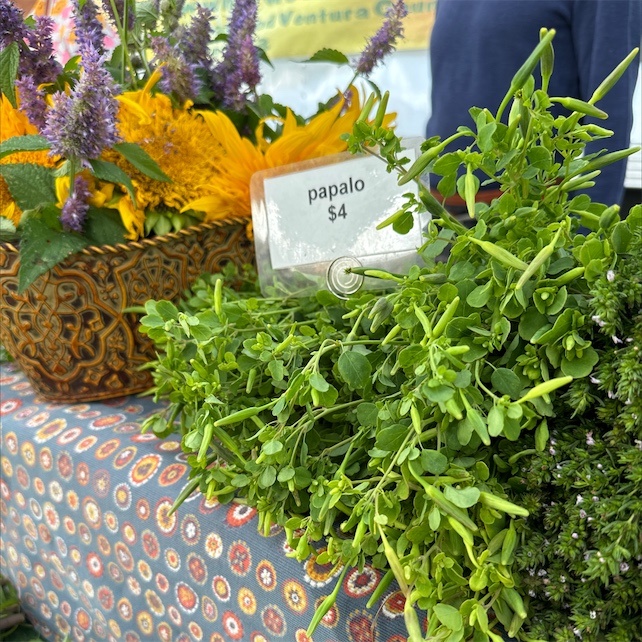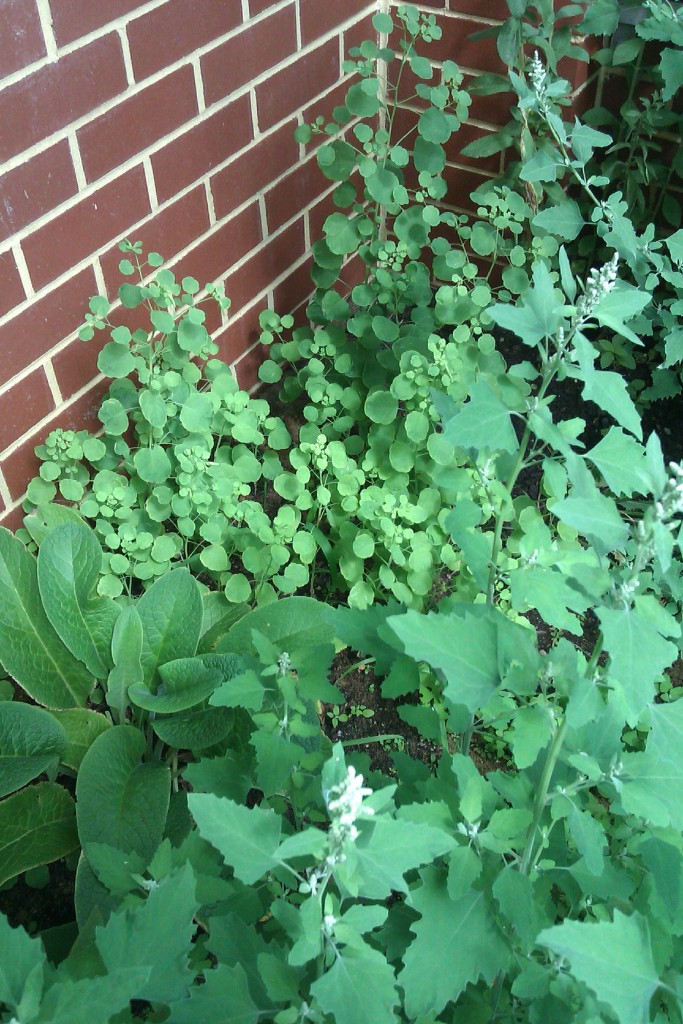
(Which one is it? can you tell? What else is in there?)
Do you suffer from “Plant blindness”? (1)
1. Dandelion? Identifying Wild Plants
I have previously Posted on the use of Latin binomial nomenclature or the “two name” system of classifying plants as being vitally important in regards to the positive identification of a specific plant. This is particularly relevant if you are taking the plant internally either as a medicine or a food.
One plant may have a plethora of common names (as is demonstrated below) or a number of different plants, ranging across a number of different species, may be known by the same common name. For example, the marigold. Now, this species is commonly thought of as being a Tagetes species, and even within this species there is a broad range of types.
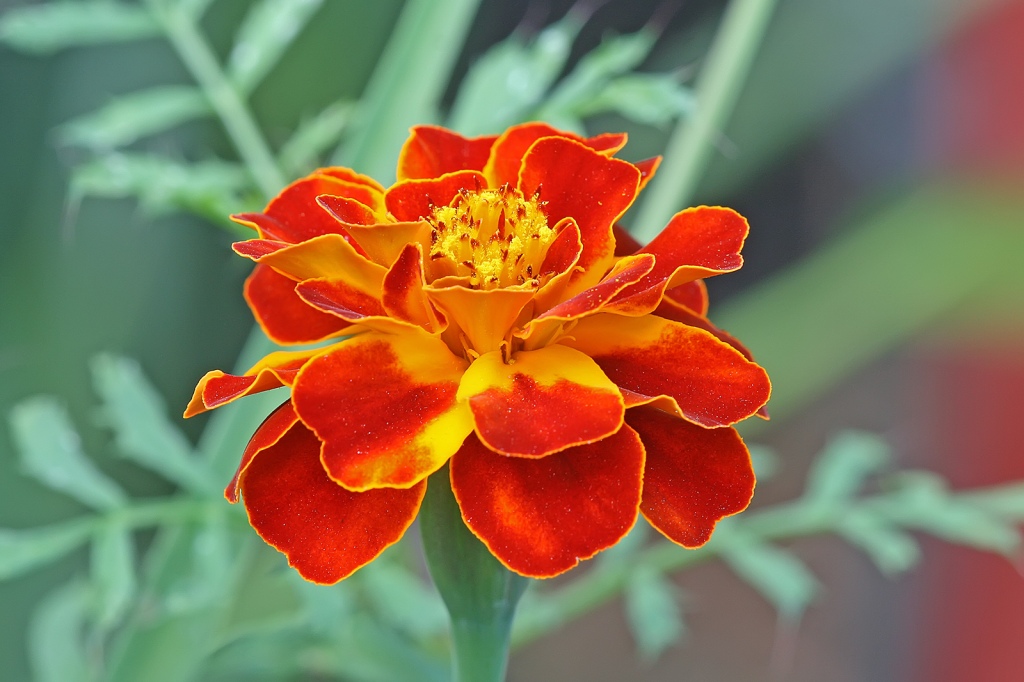
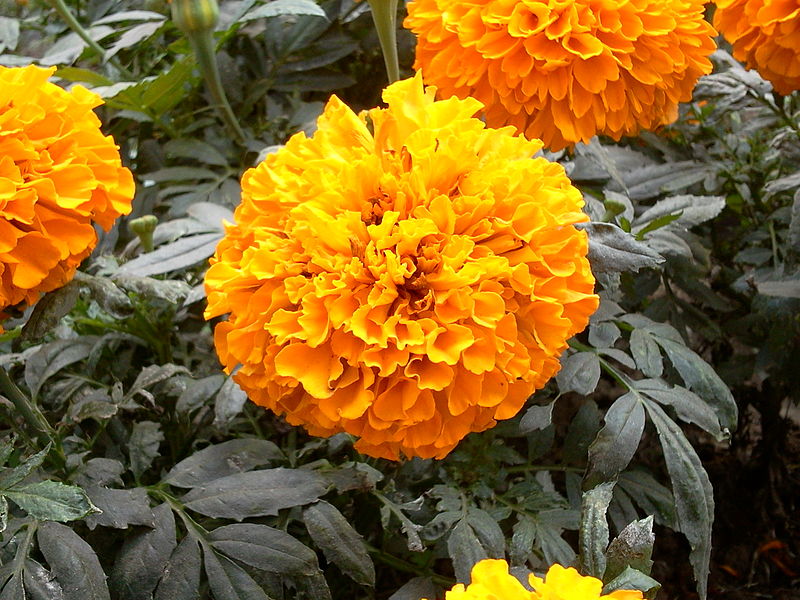
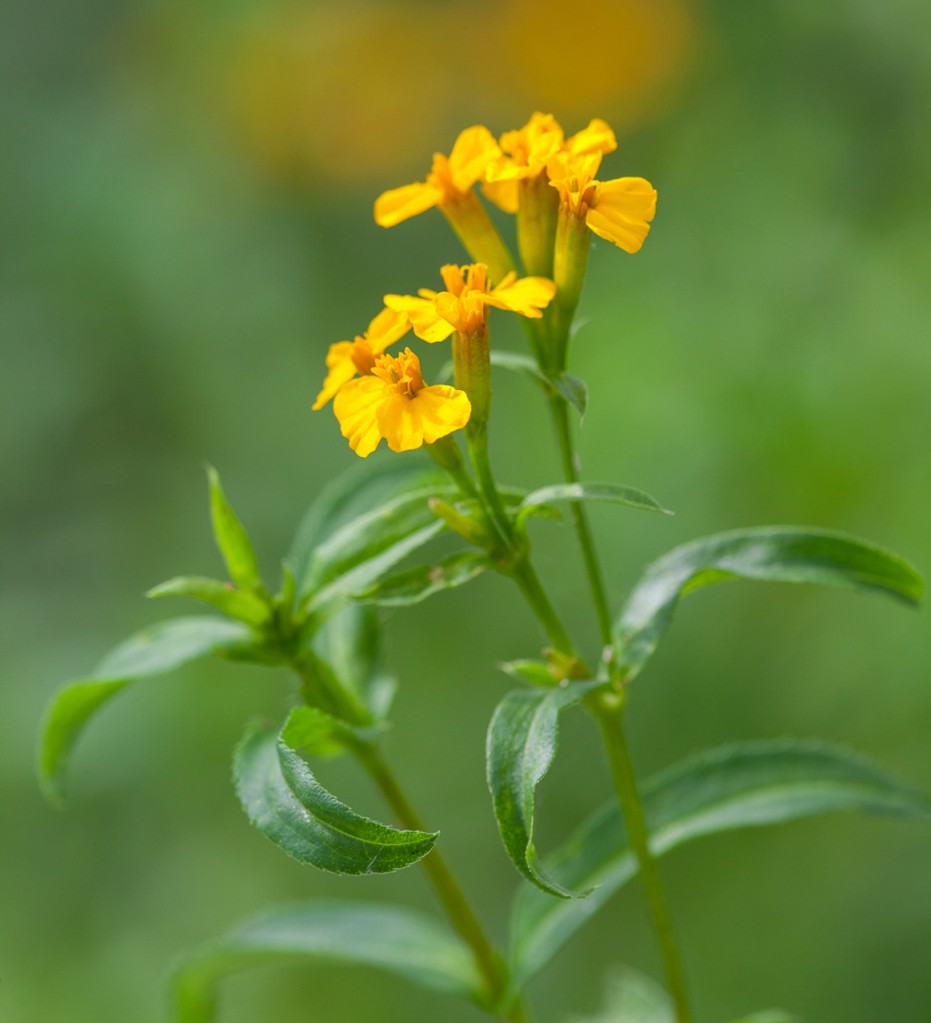
Now the word marigold itself is said to have derived from the name Mary and refers to the mother of Jesus (you know, the one in the Christian Bible). Within this species there can even be further confusion.
- Tagetes patula – also known as French marigold (doesn’t come from France though)
- Tagetes erecta – also known as African marigold (and again, doesn’t come from Africa). This flower is the cempasuchil (cempoalxochitl), a key element in the Dia de Muertos celebrations.
- Tagetes lucida – (sometimes called Spanish tarragon and, like the French and African varieties, does not come from Spain) , Pericón or Mexican tarragon are more commonly used names for this plant.
All of these plants originate from the Americas.
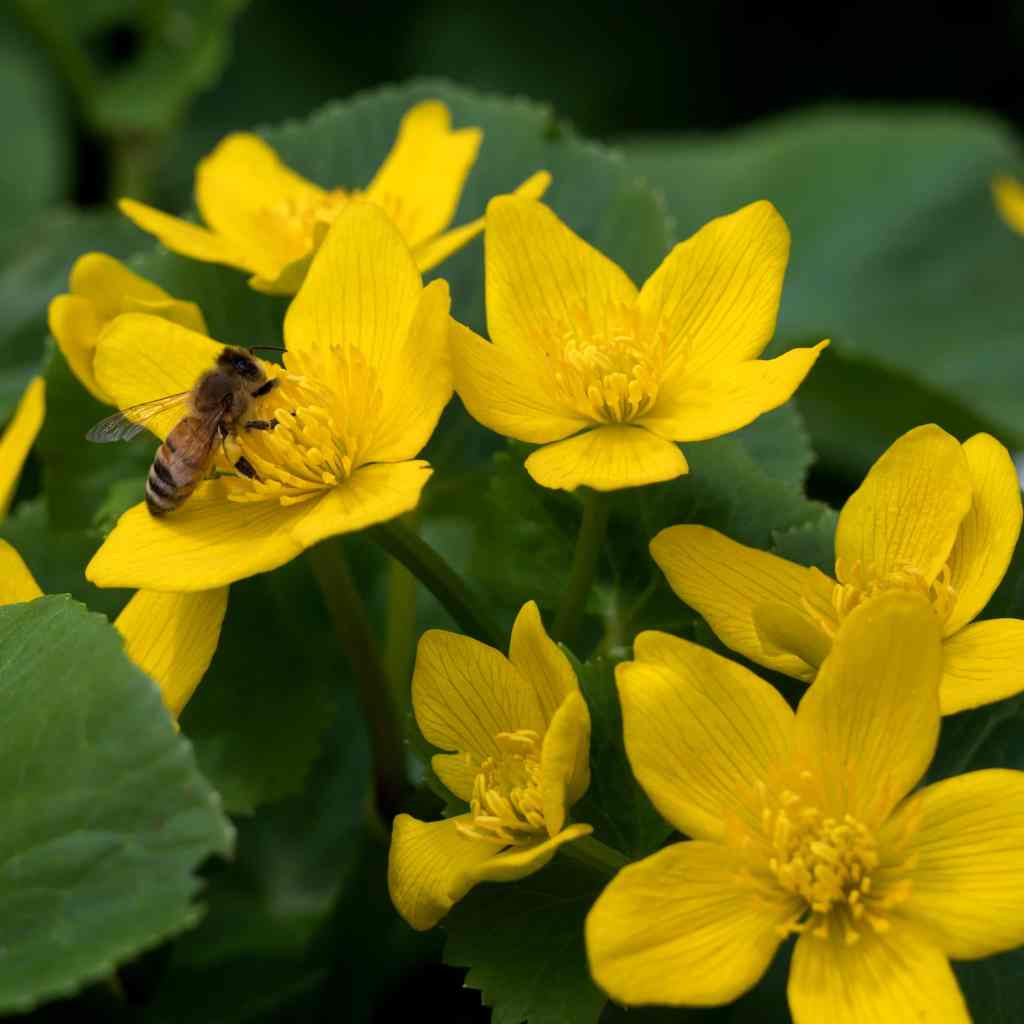
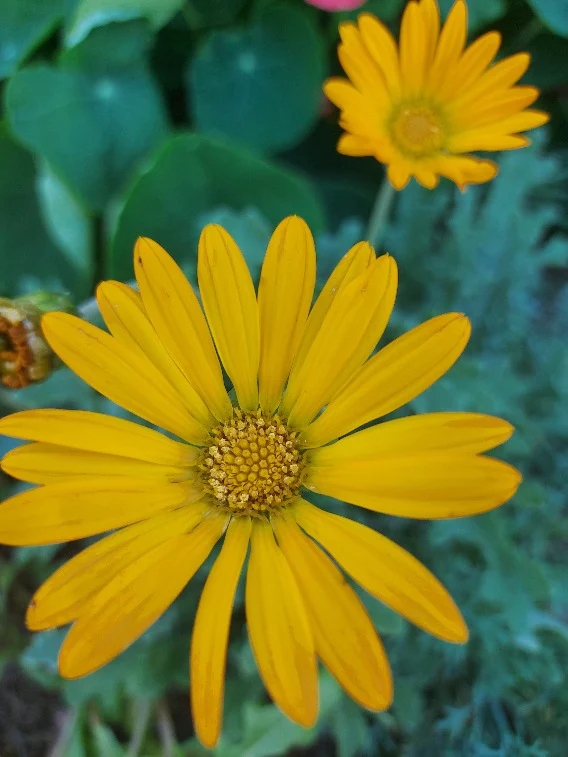
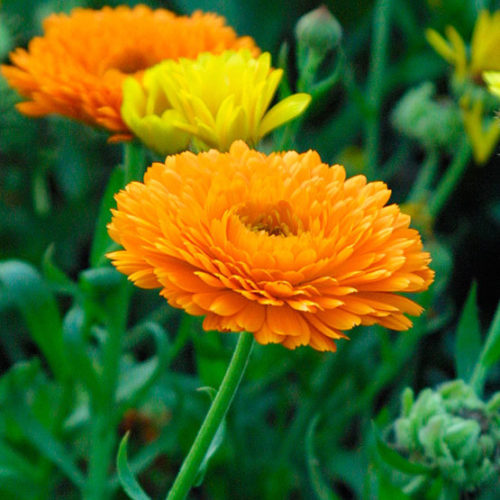
Now there are other marigolds, none of which come from the Americas
- Caltha palustris – Marsh marigold (OK OK maybe this one does come from the Americas but it is further North than Mexico)
- Dimorphotheca species – African marigold (that actually comes from Africa)
- Calendula officinalis – the Pot marigold – originating from southern Europe and the Eastern Mediterranean area
Each of these plants have different uses. some are medicinal. Some are culinary herbs. Which does what? Do you know? Do you want to make a mistake? One is a fairly violent purgative, one is safe to use in babies, one is dangerous to pregnant women and one is a anise flavoured culinary herb. Do you know which is which? Do you want to make that mistake? See my Post A Note on Deer Weed : The Danger of Common Names for a little more information on this problem.
Lets get back to mi amor, papaloquelite.
Papaloquelite : What’s in a name?
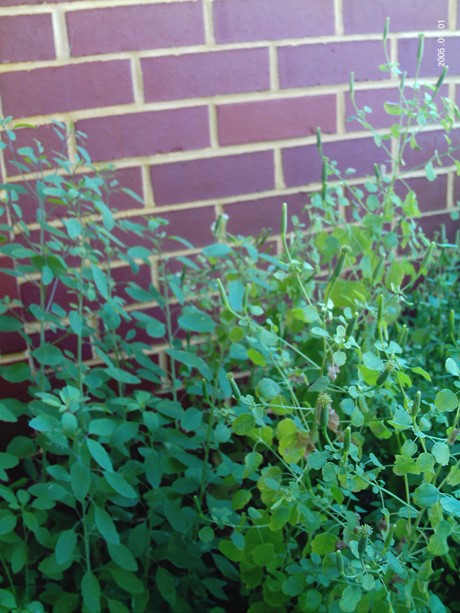
Porophyllum translates to “pore – leaf”, this is due to the conspicuous presence of large oil glands on the leaf;

and the two main varieties (medicinally and culinarily speaking) are…..
- ruderale – refers to the plant “growing in rubble or waste places”. This herb is usually associated with sites of disturbed vegetation
- macrocephalum – literal translation “big (large) – head”
The species are divided into broad leaved and slender leaved varieties.
Broad leaved varieties include P.ruderale, P.coloratum, P.punctatum and P.macrocephalum.
Slender leaved varieties include P.tagetoides, P.gracile and P.linaria.
From here on in all the “common” names you’ll read have been compiled from herbals, cookbooks, botanical texts and a plethora of historical writings that I have read and studied throughout the years. I have no doubt there are more out there and I am particularly interested in the indigenous names for this plant. The words used to describe a thing can carry great knowledge.
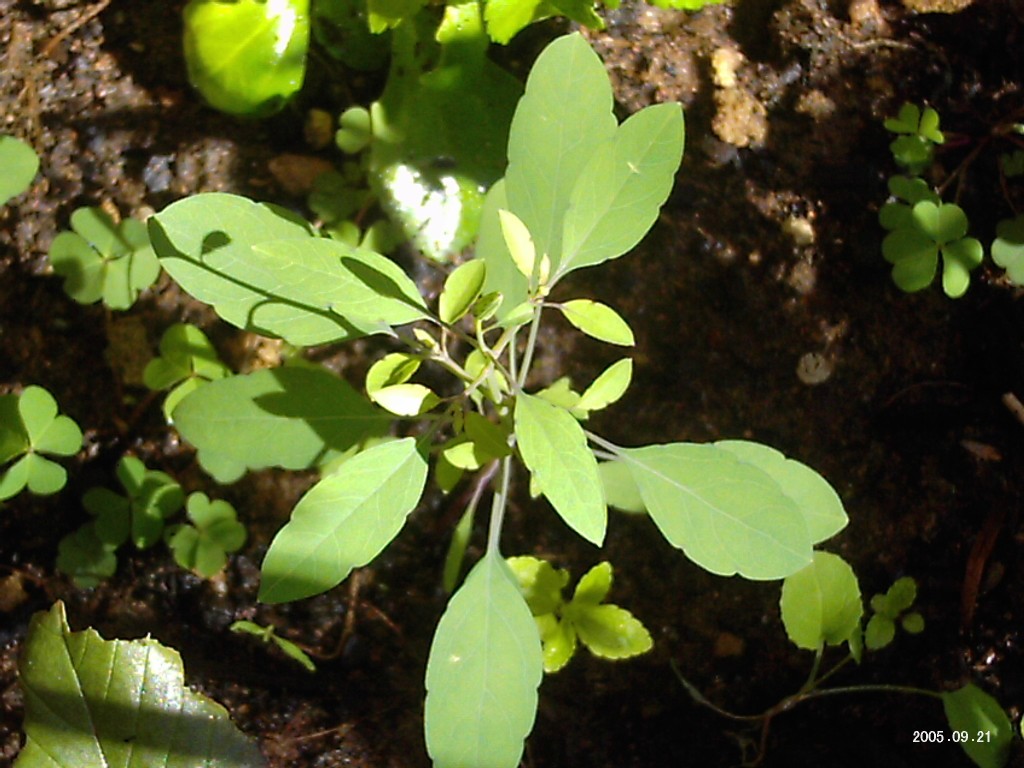
Porophyllum ruderale – Quelite : Quillquina : Porophyllum ruderale – Quilquiña / Quillquiña / Quirquiña (from Quechua killkiña), Killkiña, (Bolivia), killi, Bolivian coriander, cilantro boliviano, chapáhuate (Totonac), xac’ani (Otomi), yerba porosa, yerba de cabra (goat plant), yerba de venado (deer grass), yerba del ciervo (deer grass), yerba galinazo (buzzards breath), Yerba de la gama, Comida de zorro, venadillo, Cominillo, Ruda blanca, rudade gallina, Amores secos, Mboi-moro-tí, pinita (Uruguay), Aicoro, ahuicoro, hierba del shingo (Peru), chucha, namu, anamu (strongly scented herb), shuca ruda (Peru), Curupaimi, Picão-branco, arnica paulistana (São Paulo), Erva fresca, Couvinha, cravo de urubu (black vulture marigold)(Brazil), Pus pus, guacamaya, Poreleaf, Summer cilantro, Coriandre bolivienne (France), Ketumbar Bolivia (Indonesia), Senggit mangga ngora (Sundanese), also called papaloquelite
- Synonyms (1) – Cacalia glandulosa Salisb., Cacalia ruderalis (Jacq.) Sw., Kleinia glandulosa Moc. & Sessé , Kleinia porophyllum (L.) Willd., Porophyllum ellipticum (L.) Cass., Porophyllum ellipticum var. intermedium DC., Porophyllum latifolium Benth., Porophyllum macrocephalum DC., Porophyllum macrocephalum var. macrocephalum DC., Porophyllum macrolepidium Malme, Porophyllum porophyllum (L.) Kuntze [Illegitimate], Porophyllum ruderale var. angustifolia Hassl., Porophyllum ruderale var. glandulosum (Salisb.) , Porophyllum ruderale subsp. macrocephalum (DC.) , Porophyllum ruderale var. macrolepidium (Malme), Porophyllum ruderale f. suffruticosa Chodat
- In English, the name of a thing is a synonym if that thing also has another name, i.e., two names referring to the same thing are synonyms. In the world of botanical names, each name is required to be unique and refer to a single thing. If you are the first to discover a plant, you will give the plant an appropriate name. According to the International Society on Botanical Nomenclature, the first given name should take precedence, the other names are rejected, and thereafter referred to as synonyms. In this context, a synonym is an illegitimate name, a name which has been rejected, and one which is not to be used. (Clothier)
This plant (P.ruderale) seems to be the Mother species (nomenclaturally speaking) of the broad leaved varieties.
…and so we move on to the main culinary species in México….
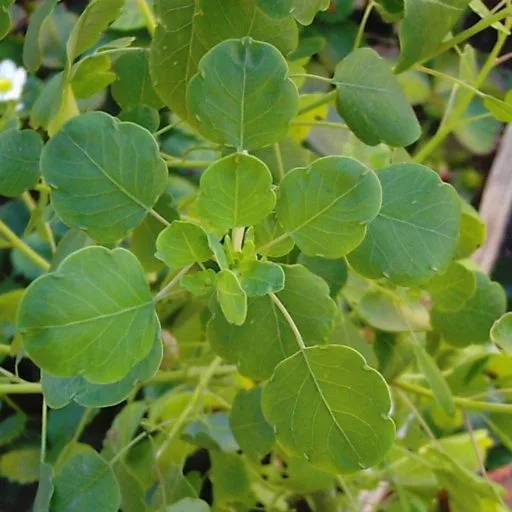
Porophyllum macrocephalum – Quelite : Pápaloquelite : Porophyllum macrocephalum – Porophyllum ruderale subsp. macrocephalum (DC.) R.R.Johnson
- Synonym – Porophyllum latifolium
- Homotypic (1) synonym – Porophyllum ruderale (Jacq.) Cass. var. macrocephalum (DC.) Cronquist
- Homotypic synonym(s) are “Unaccepted name(s) based on same type specimen as an accepted name” Papaloquelite : What’s in a name?
This common name, “Papaloquelite” is from the Nahuatl words papalotl (butterfly), and quilitl (edible weed/plant/herb/vegetable)
Papaloquelite, papaloquilitl/pāpālōquilitl (Nahuatl), papaloxihuitl, Papalokilitl, Papalo, pápalo rollizo, (“plump” papalo), Quelite de mariposa, Mariposa Azteca , pucsnan’caca (Totonac), quelites oloroso, ahoyacaquilitl (sweet scented edible plant), chipaca, chaoacocopin, xpechukil, Pech´uk (Yucatán Maya), xac’ani (Otomi), guìzh-mîdz-guìt (Zapotec), wacamacho, ukche, tepegua (Queretaro), tepelcacho (Chilapa, Guerrero), tepelcasho, Pápalo macho, pápalo hembra (Mixteca), Chapahua (Totonaco, Veracruz Coast) Chapahuate (Totonaco), chivatillo (Michoacán), Mesis, Tepehua (Hidalgo), liendrilla, yerba de peo (Puerto Rico), yerba de chulo (black vulture grass), chucha, gallenaza, ruda de gallina (Colombia), yerba de cabra (goat grass), yerba poroso, hierba de venado (deer herb), oreja de monte (mountain ear), mata piojo (louse killer), ruda cimmarona (wild rue), verdure de mariposa (butterfly greens), purranga, mampirutu (in Papiamentu – a Portuguese-based creole language) and mampurite (“skunky”) (1), Bighead poreleaf (Texas), Summer cilantro, Bolivian cilantro, Killi (from Quechua: Killiña), cilantrillo
This herb, the papaloquelite, is my main interest. It is a culinary herb which shares a similar, but quite different, flavour profile to that of cilantro (Coriandrum sativum). It may have been a more popular herb prior to the arrival of the Spanish and their herbal imports (i.e. cilantro) but its main areas of use these days are the CDMX (Mexico City), Puebla and Guerrero.


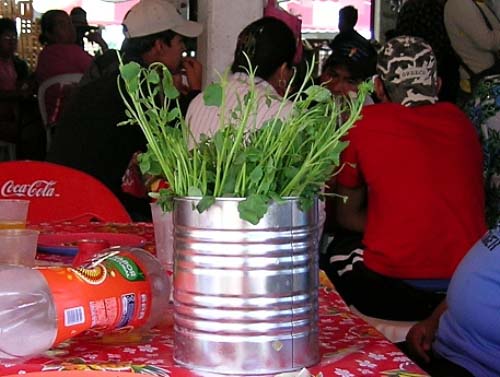
Papalo can be found as a bouquet of herbs in some in taquerias where you simply pluck as you need and add to your taco.
The next most commonly used species is a narrow leaved variety of papalo called chepiche or pipitza (or any number of spellings of this name)
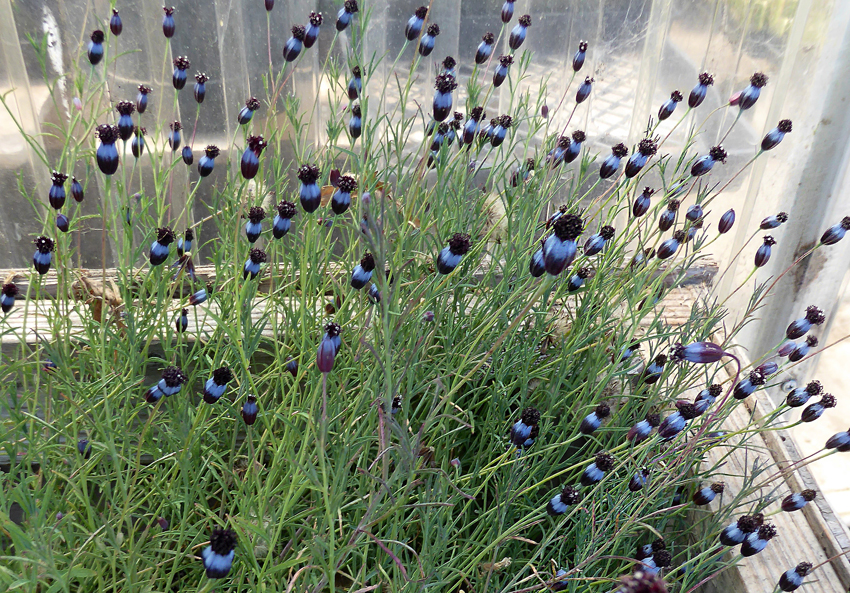
Porophyllum tagetoides – Quelite : Chepiche/Pipicha : Porophyllum tagetoides – chepiche, chepito, pipicha, pipitza, pipitzcaquilitl (Nahuatl), tepicha, quelite oaxaqueño, escobeta, papalo delgado (thin papalo), Cola de coyote (coyote tail), yerba de la venado (so called because the plant exhales a stench similar to that which gives off the meat of the deer)(sic) (Hieronymus. G), nlí-dún (Zapotec) named after a stinging ant (ndún), one assumes because of its smell when crushed (both the ant and/or the herb).
- Synonyms – Porophyllum linaria, Kleinia tagetoides
Now we get to the less commonly known varieties, most of which can be used in exactly the same manner (as a foodstuff and/or a medicine)
Less Common Varieties
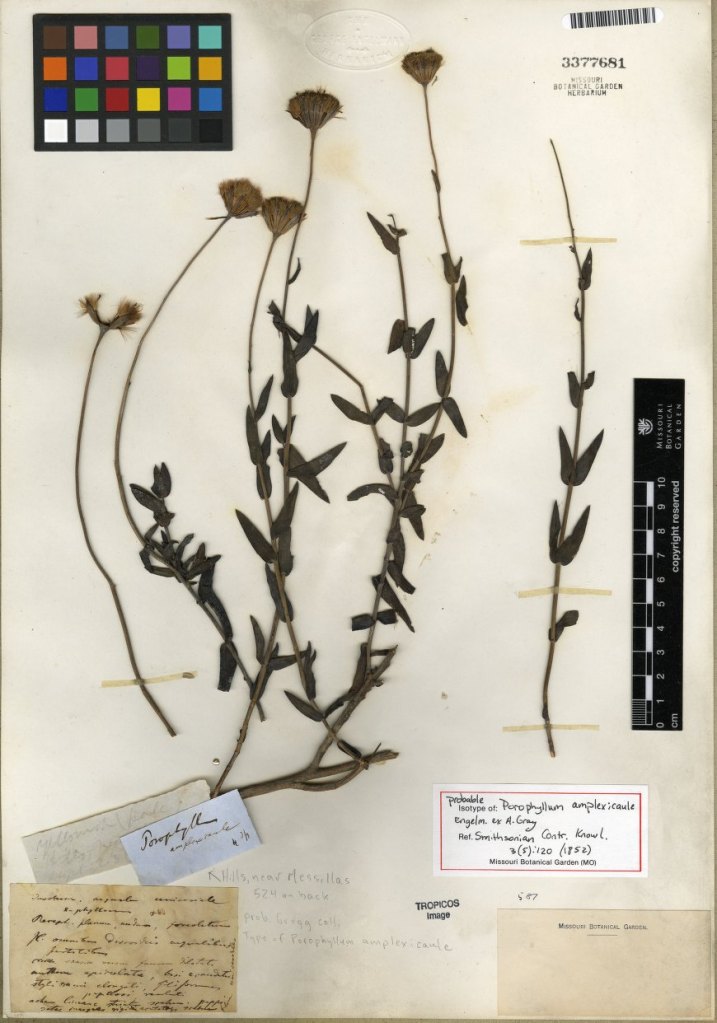
Porophyllum amplexicaule – Porophyllum amplexicaule – Porophyllum fruticulosum is considered a hybrid of Porophyllum scoparium and Porophyllum amplexicaule
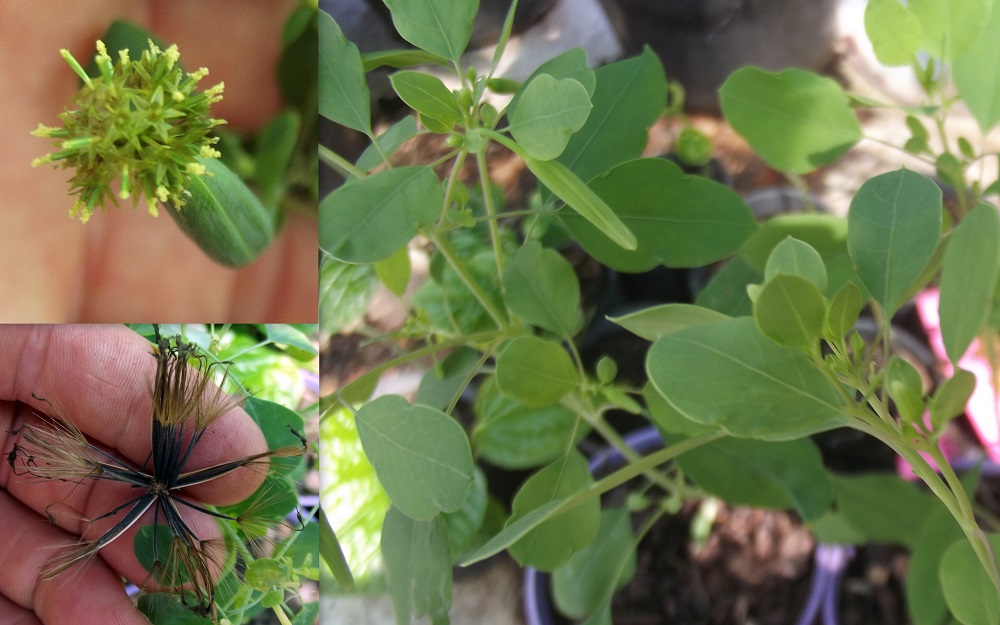
Porophyllum coloratum – Chivatillo, Hierba del venado, Maravilla, Pipicha, Pipichas, Pipitzca, Pápalo-quilitl, Pápaloquelite, Pápaloquilitl

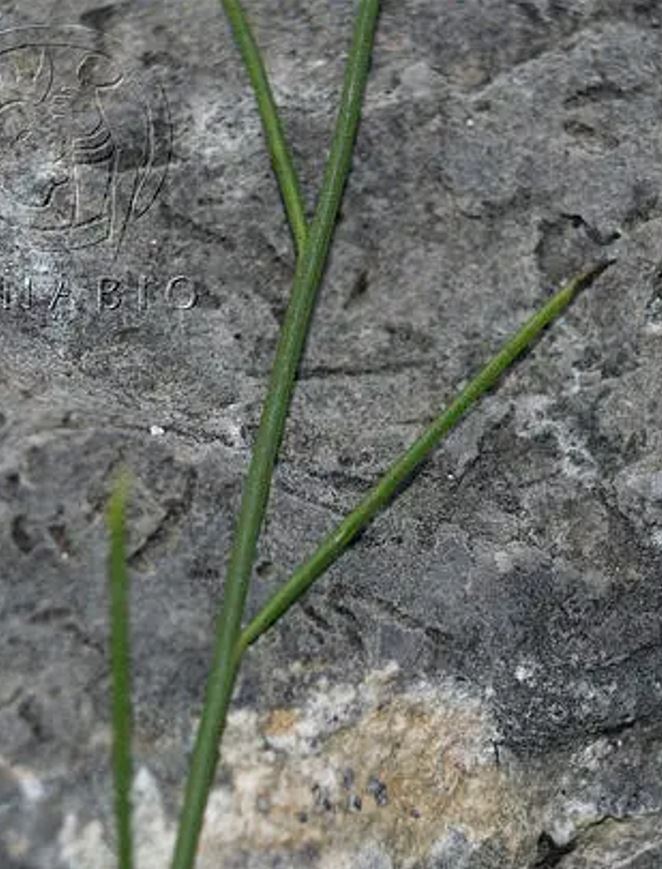
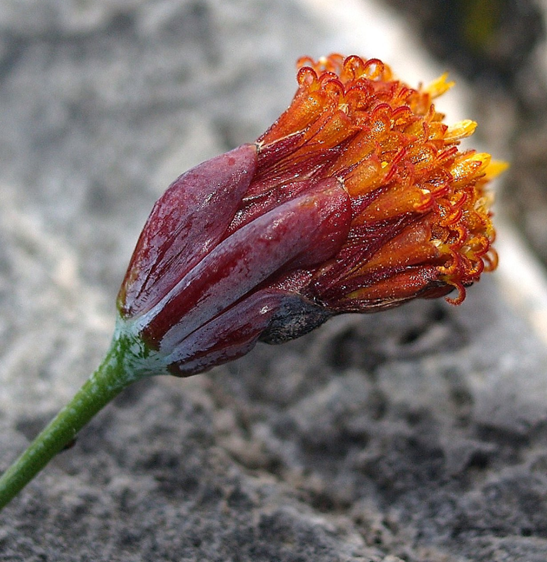
Porophyllum filiforme – Porophyllum filiforme – Yerba del venado, Benna dia, Jarilla esbelta marron (slender brown jarilla), slender poreleaf
- Synonym – Porophyllum filifolium
Porophyllum fruticulosum – Porophyllum fruticulosum – Hierba del venado, jarilla, romerillo
- Synonym – Porophyllum scoparium : P.fruticulosum is considered a hybrid of P.scoparium and P.amplexicaule

Porophyllum gracile – Quelite : Porophyllum gracile : Deer Weed – slender pore leaf, odora, (hierba) yerba del venado (deer herb), maravilla, tepepapaloquilitl, Pech’uk-il (Mayan), xtisil or xtesel (Seri), hestej (Guarijio), jestej (Guarijío), :
- Synonyms – Porophyllum caesium Casar.; Porophyllum caesium Greene; Porophyllum cedrense Rose & Standl; Porophyllum cedrense Rose & Standl. ex Rydb.; Porophyllum confertum Greene; Porophyllum confertum var. confertum; Porophyllum confertum var. ochroleucum I.M.Johnst.; Porophyllum junciforme Greene; Porophyllum leucospermum Greene; Porophyllum nodosum M.E.Jones; Porophyllum ochroleucum Rydb.; Porophyllum pinifolium Rydb.; Porophyllum vaseyi Greene
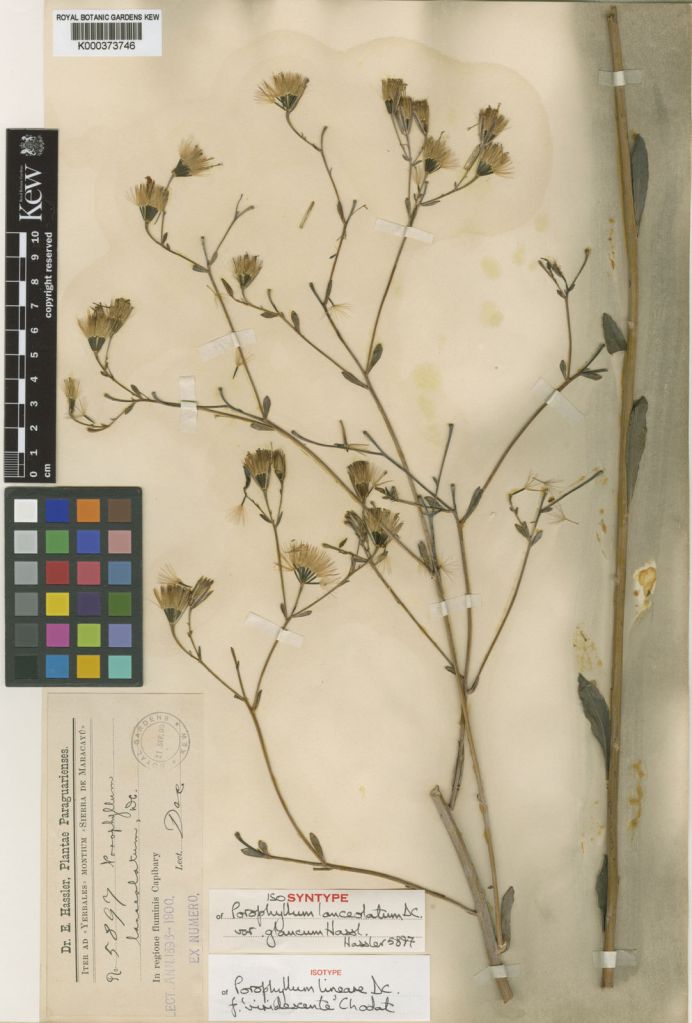
Porophyllum lanceolatum – Quelite : Porophyllum lanceolatum clavelina, hierba del ciervo, hierba del venado, yerba del venado, ıvira käti (Isoceño-guaran´ı) quilquina (Argentina)
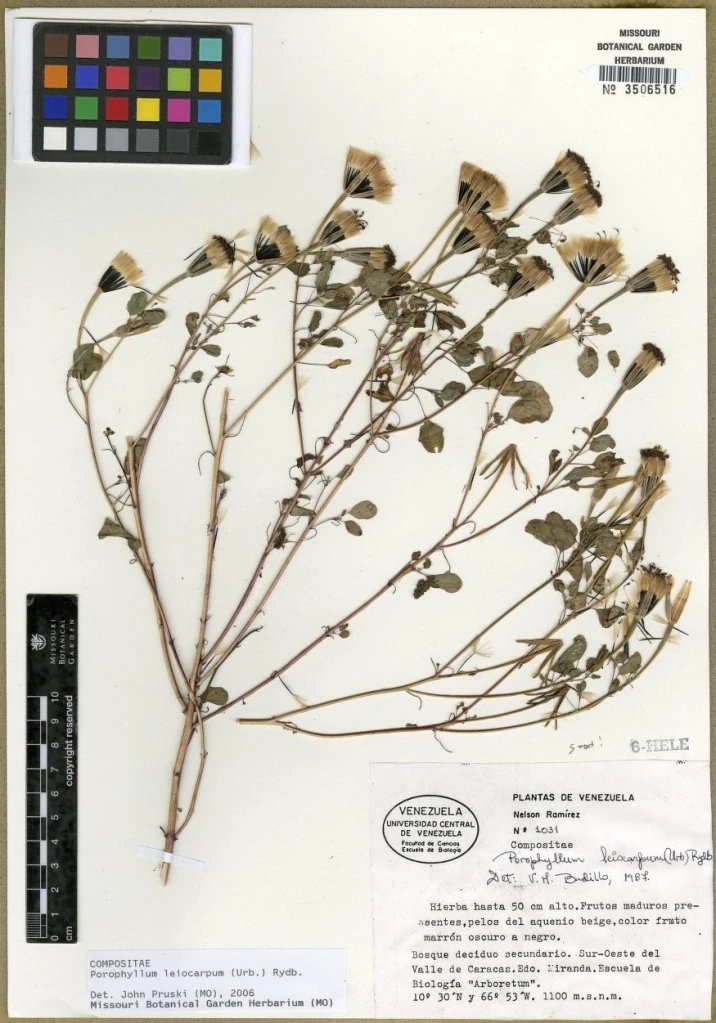
Porophyllum leiocarpum – yerba de peo
- Synonyms – Porophyllum macrocephalum DC. var. leiocarpum Urb. Porophyllum macrocephalum, Anthemis valentina, and Bifora testiculata have also been called yerba de peo.
Bifora. Another Cilantro Substitute?

Porophyllum leucospermum – Porophyllum leucospermum (1)- is considered to be a synonym for Porophyllum gracile which is also known as “slender poreleaf”
- Synonyms – Porophyllum caesium, Porophyllum cedrense, Porophyllum confertum
- The name of the genus Leucospermum is compounded from the Greek words λευκός (leukos) meaning white, and σπέρμα (sperma) meaning seed, so “white seed”,
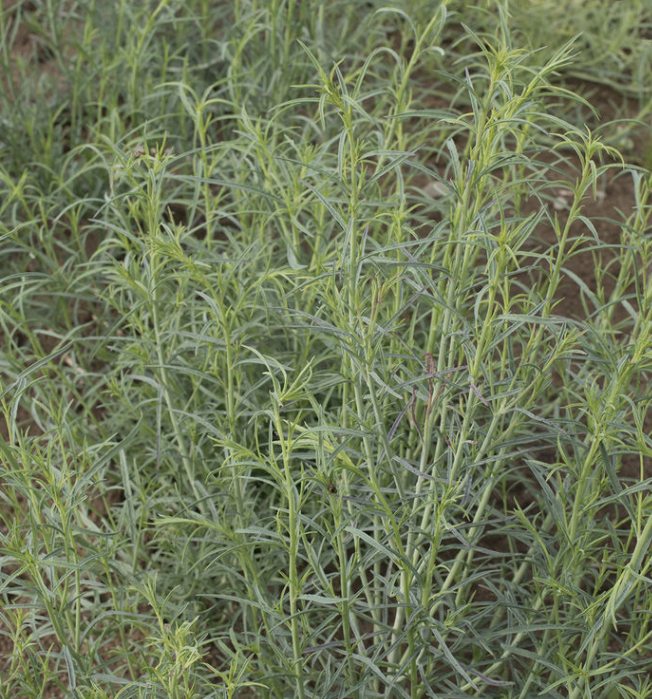
Porophyllum linaria – Alpichin, Alpitzin, Chepicha, Chepiche, Chepite, Chepito, Cole de coyote, Cola de zorra, also called Papaloquelite, Pepicha, Pipitza, Pipitzca, Pipitzcaquilitl, Pápalo chepicha, chepicha, chepiche (Oaxaca, Guerrero) escobeta (Chilapa, Guerrero), escobetilla, hierba de venado, pápalo (Oaxaca, Guerrero) pápalo chepicha (Pápalochepicha), pápalo pepicha (Pápalopepicha) (Oaxaca, Guerrero) pepicha (Oaxaca, Guerrero) pipitza, pipizca, pipitzca (Tlaxcala, Puebla) tepicha (Oaxaca, Guerrero)
- Synonyms – Cacalia linaria var. linaria; Cacalia linaria; Kleinia tagetoides; Porophyllum linariifolium
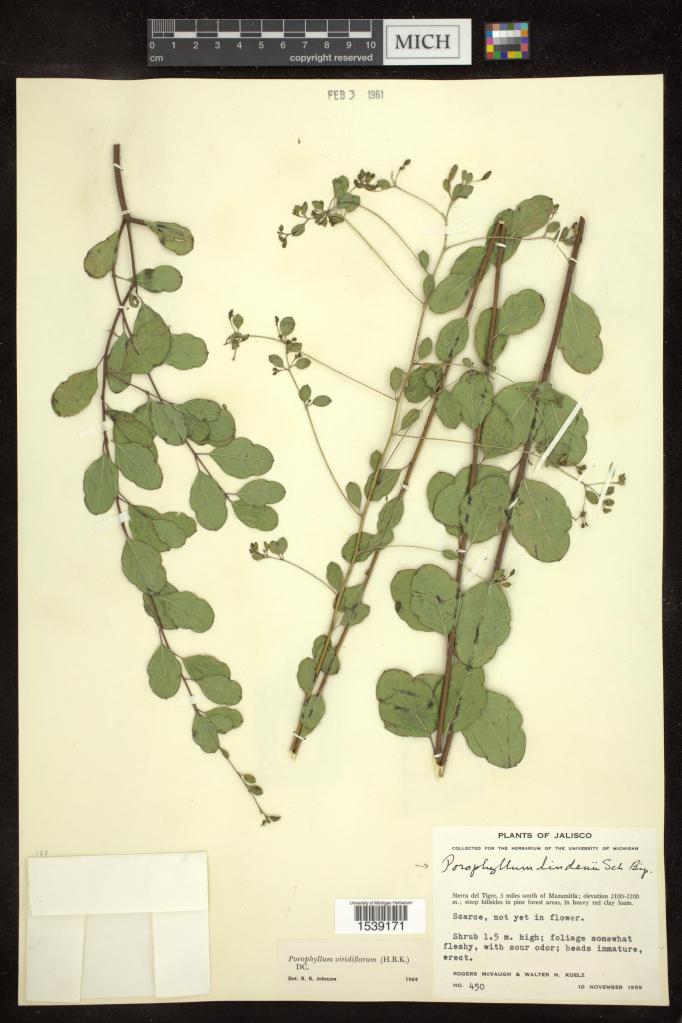
Porophyllum lindenii S – hierba del venado.
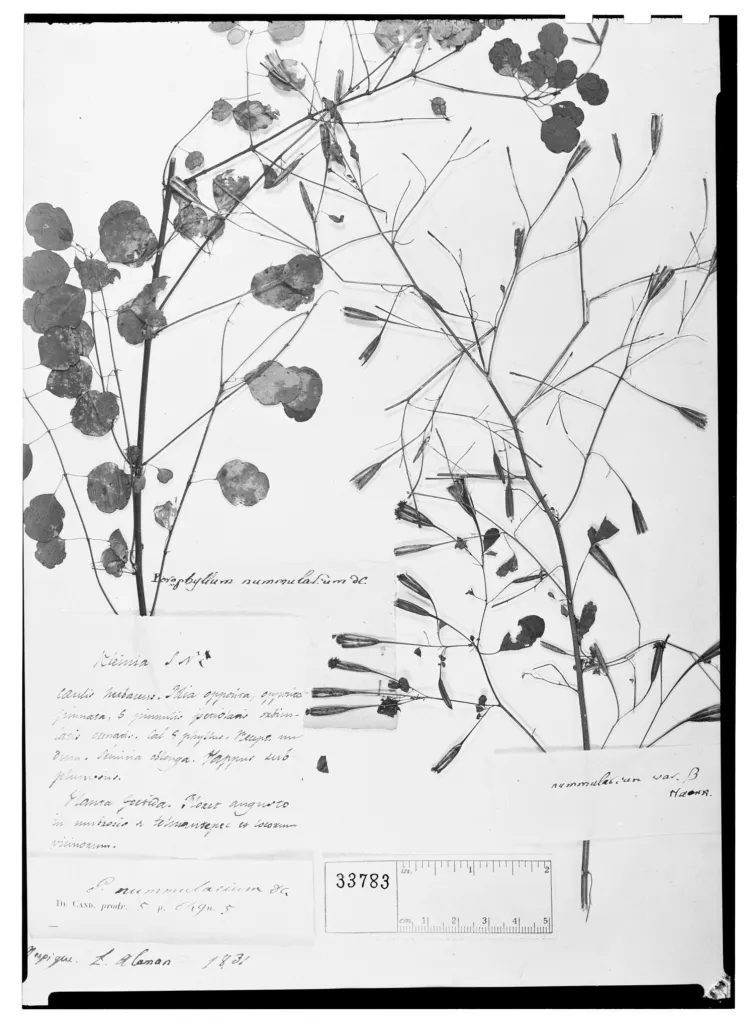
Porophyllum nummularium – Porophyllum nummularium
- Synonyms – Eupatorium punctatum, Kleinia jorullensis, Porophyllum nummularium, Porophyllum jorullense, Porophyllum ervendbergii, Porophyllum palmeri, Porophyllum nelsonii, Porophyllum millspaughii, Porophyllum ohlongum, Porophyllum duaricatum, Porophyllum pittieri, Porophyllum guatemalense
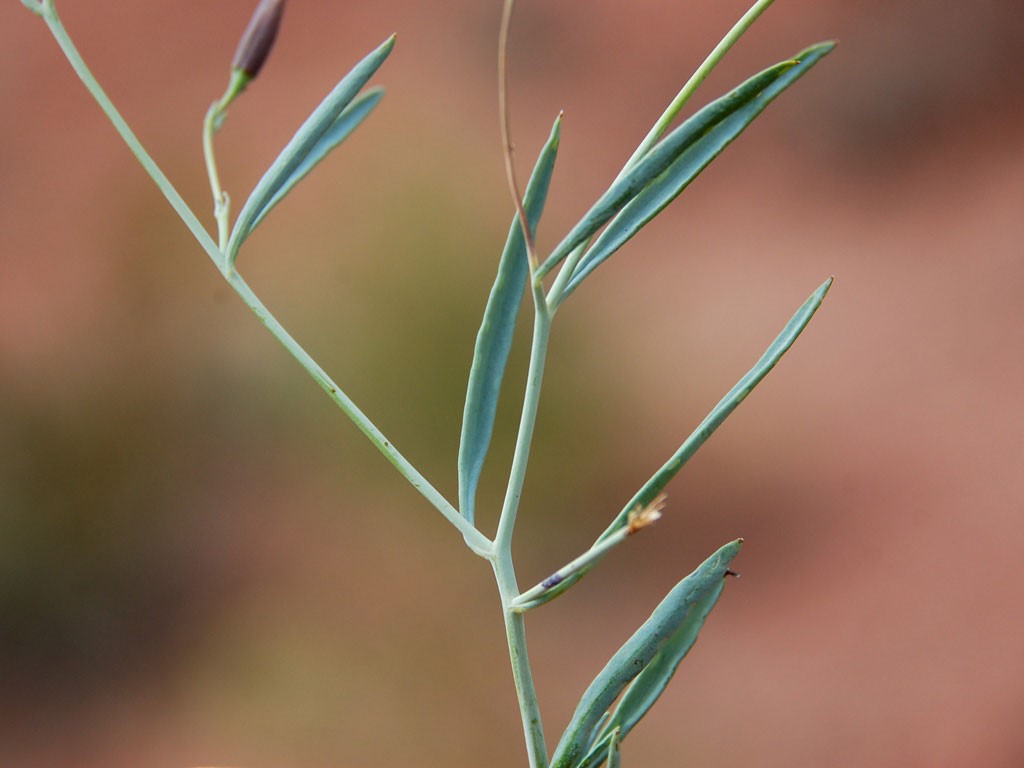
Porophyllum obscurum – Quelite : Porophyllum obscurum Catinga-de-urubu, curupaimi, kilkina, quirquina, matapulgas (literal translation “killing insects”), yerba de la gama, ruda blanca, cominillo, yerba del venado, yerba del ciervo
- Synonyms – Porophyllum eremophilum, Porophyllum oblanceolatum, Kleinia linifolia
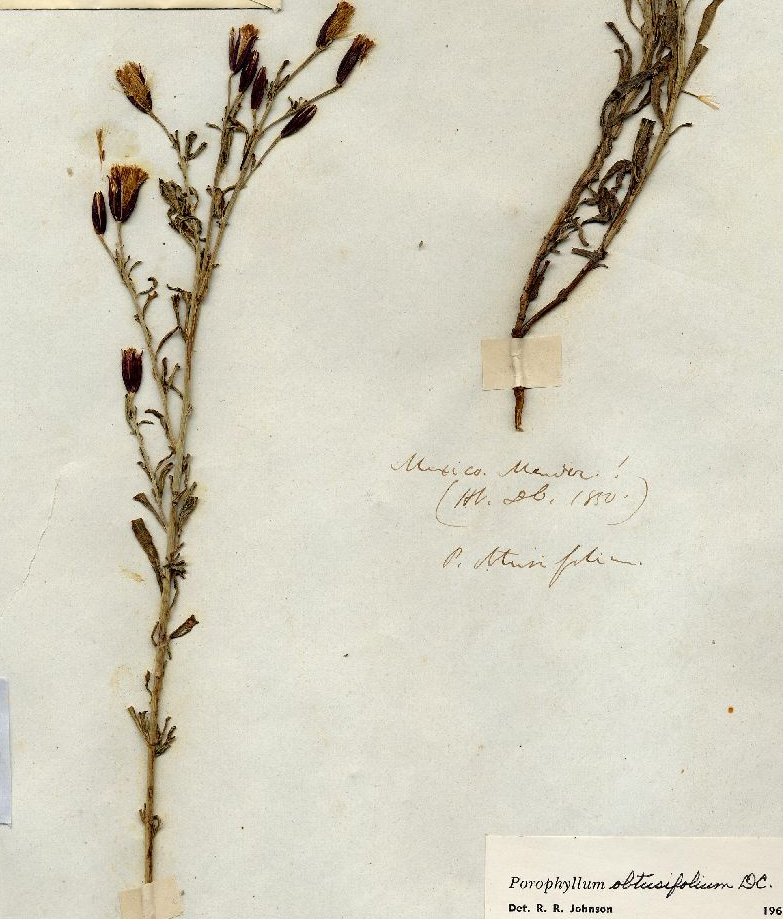
Porophyllum obtusifolium – choquillenta, hierba del venado, pipitzca
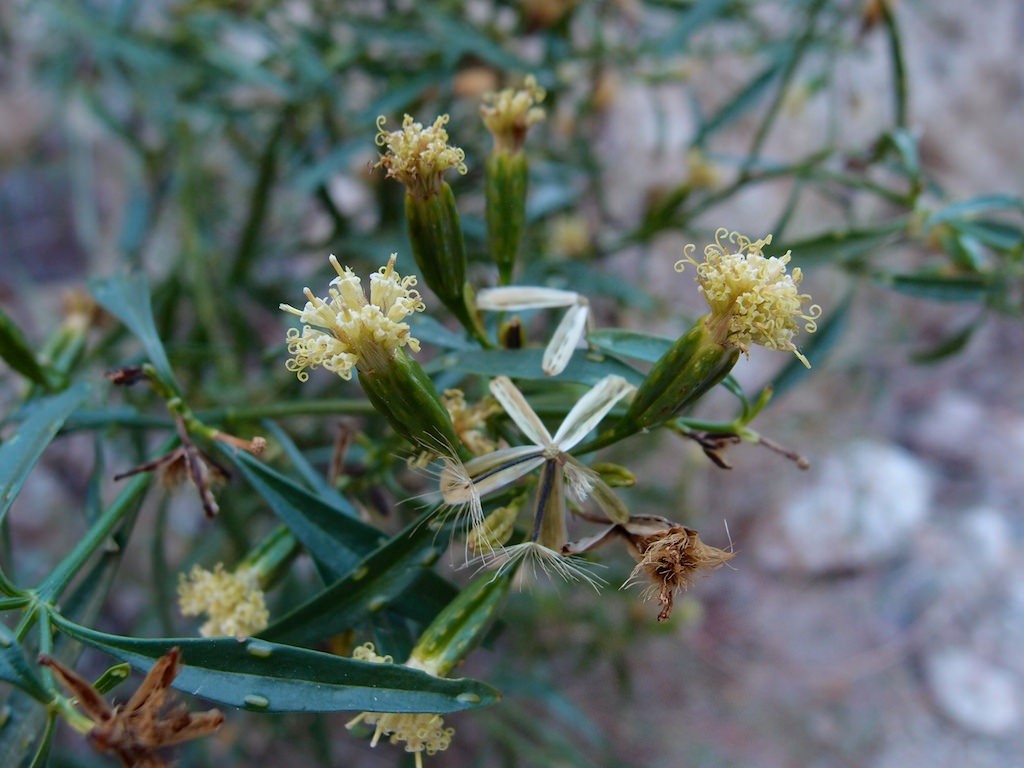
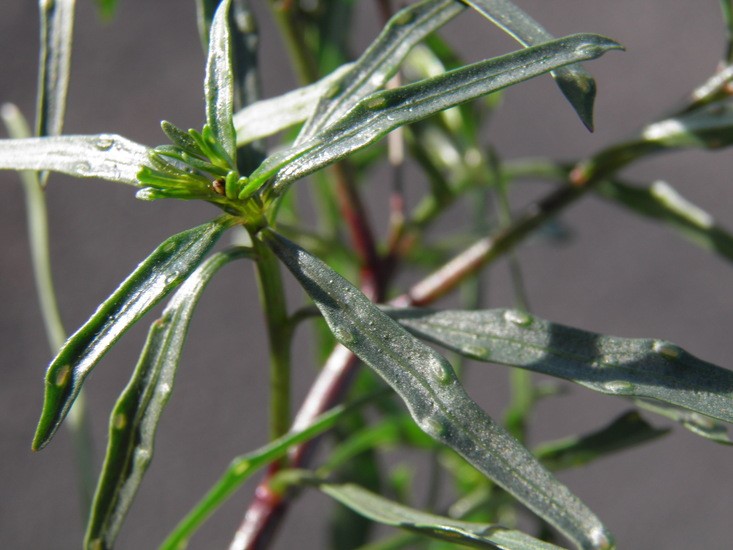
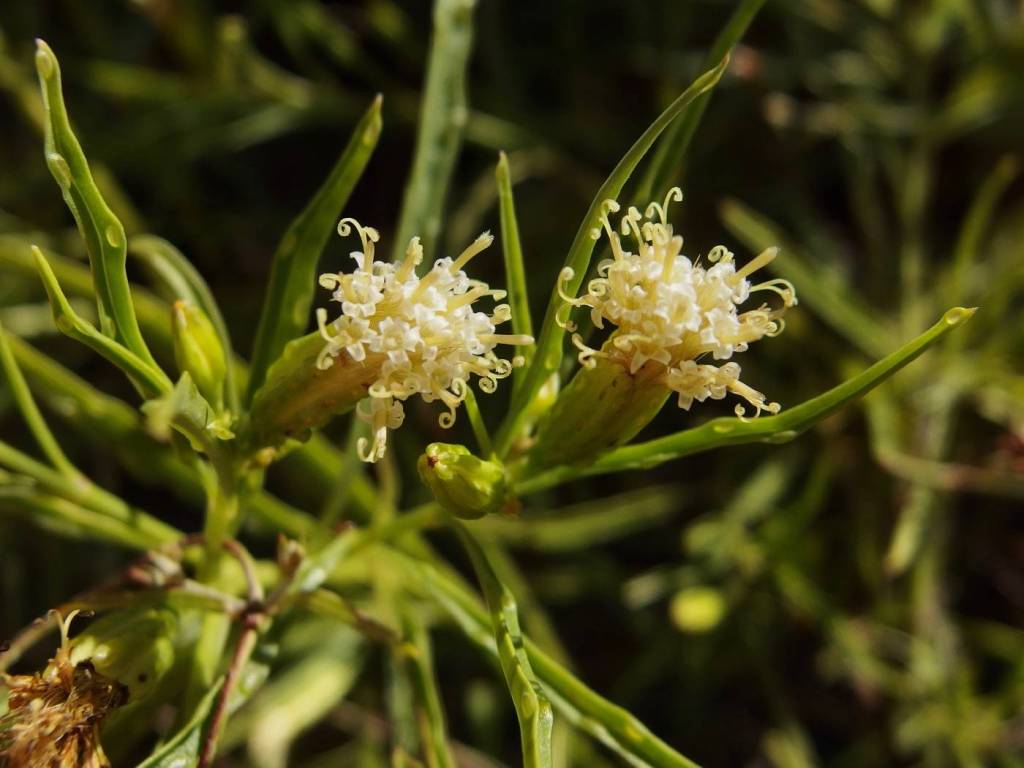
Porophyllum pausodynum –Quelite : Porophyllum pausodynum – Guaymas Poreleaf, hierba del venado, maravilla
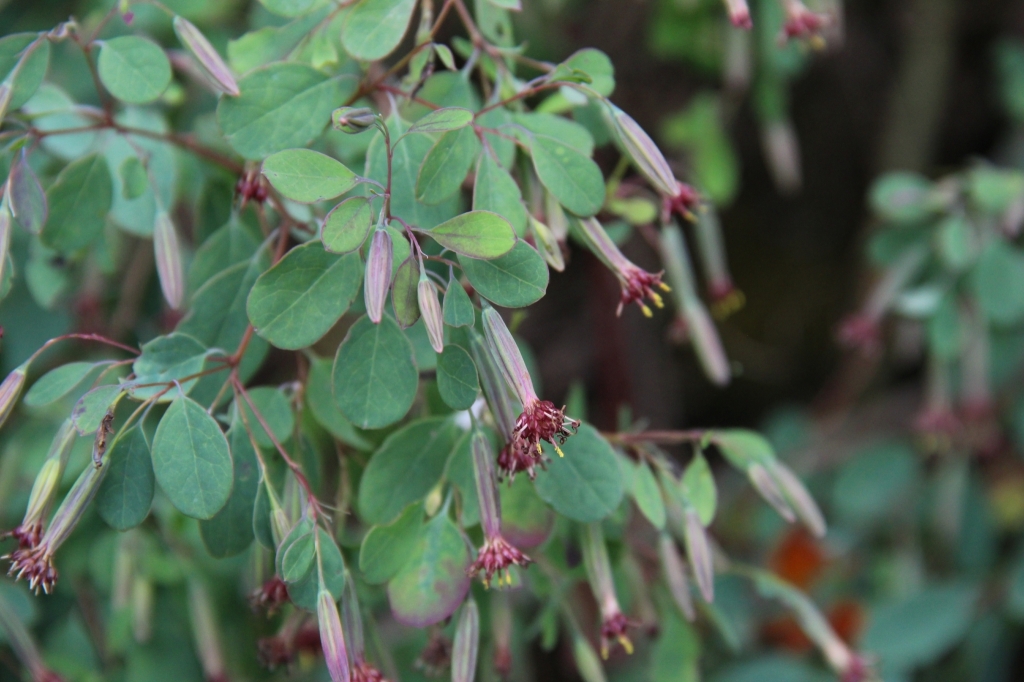
Porophyllum pringlei – tepehua, venadilla.
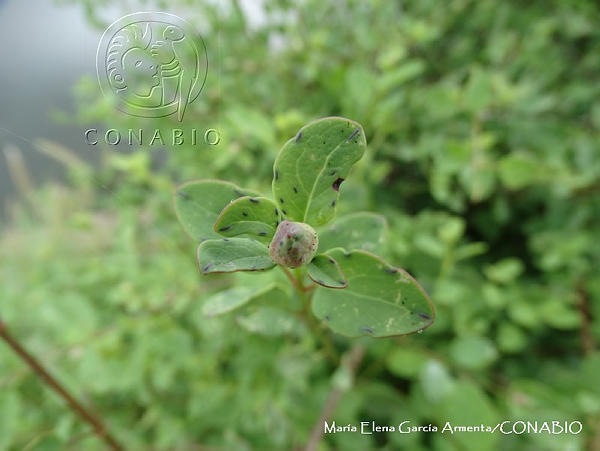
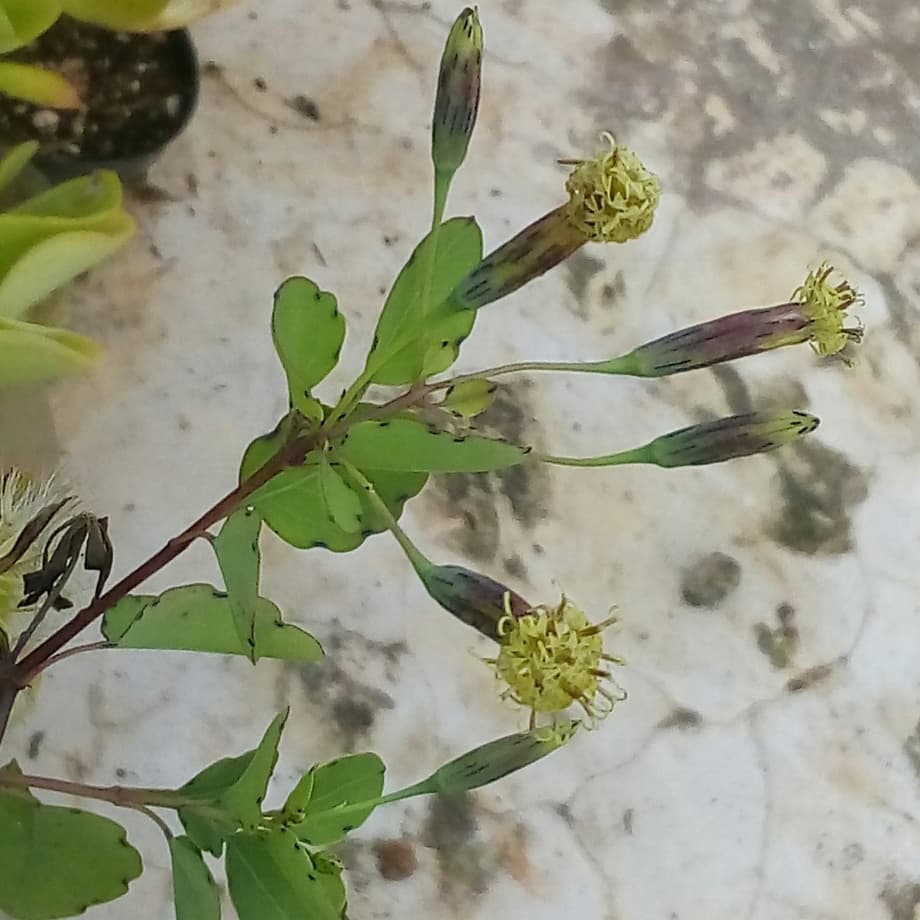
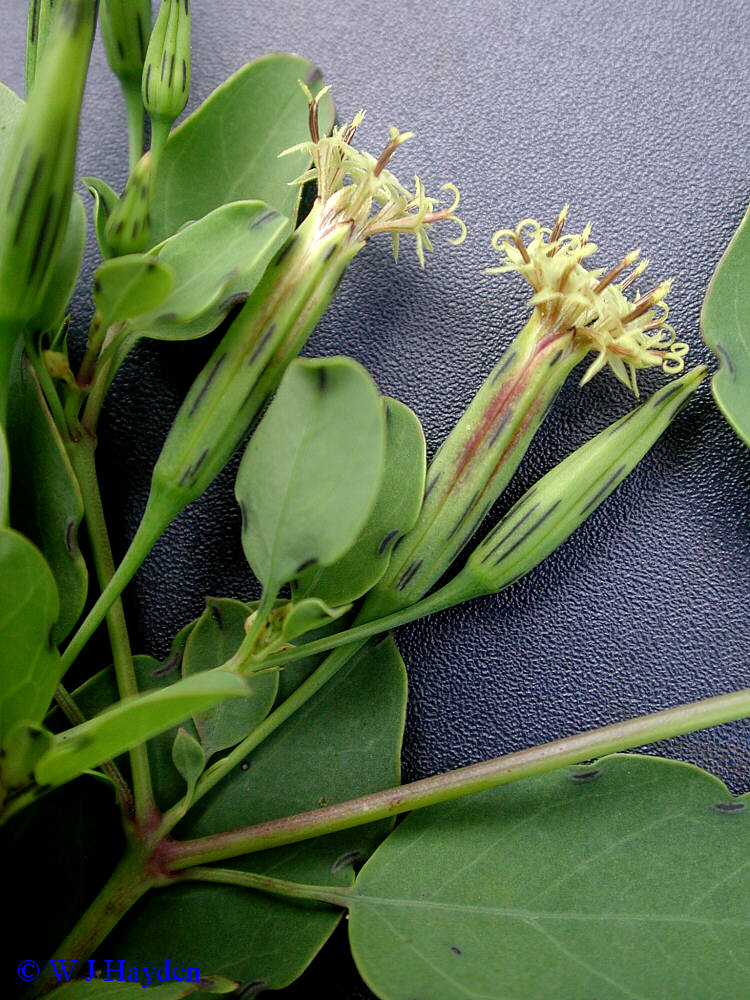
Porophyllum punctatum – Quelite : Porophyllum punctatum – Tlapanche, tepepapaloquilitl, paloquelite, papalillo, pio-jillo (Nahuatl), piojo, pioja, yerba de piojo, Mata piojo (louse killer), mal de ojo, hierba del venado, pipisca de venado, hierba de dunas costeras, ruda de monte, sorrio, tepalcachu, ucuchoo, pipixat, pipitzcaquilitl, xpechuekil, x- pechuk’il, pech’ uk’ (Maya), pech’uk-il (Maya), uk’ che’ (Maya), eek’ puk che’ (Maya), uk’ xiw (Maya), xiiw (Maya),
- Synonym – Porophyllum millspaughii BL Rob.
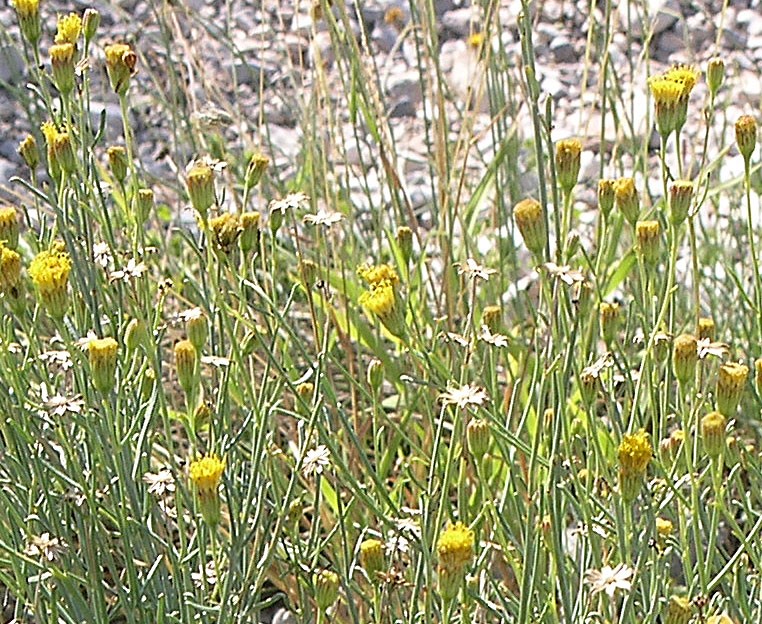
Porophyllum scoparium – Quelite : Porophyllum scoparium – shrubby poreleaf, hierba del venado, jarilla, romerillo, pomerillo, Transpecos poreleaf.
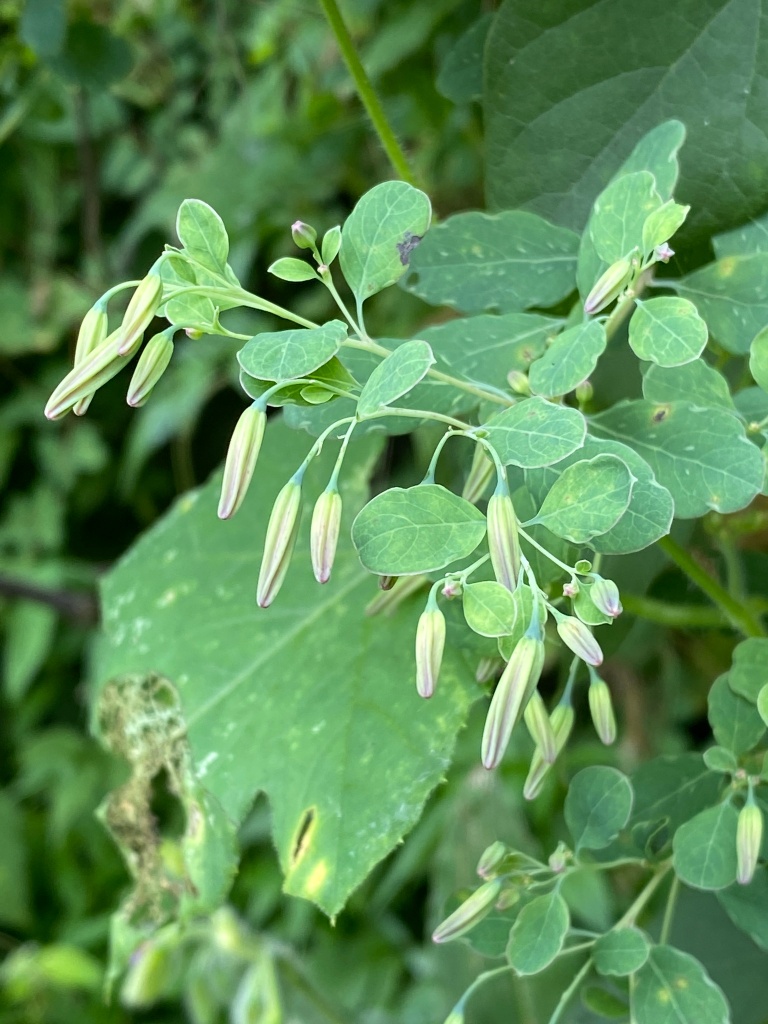
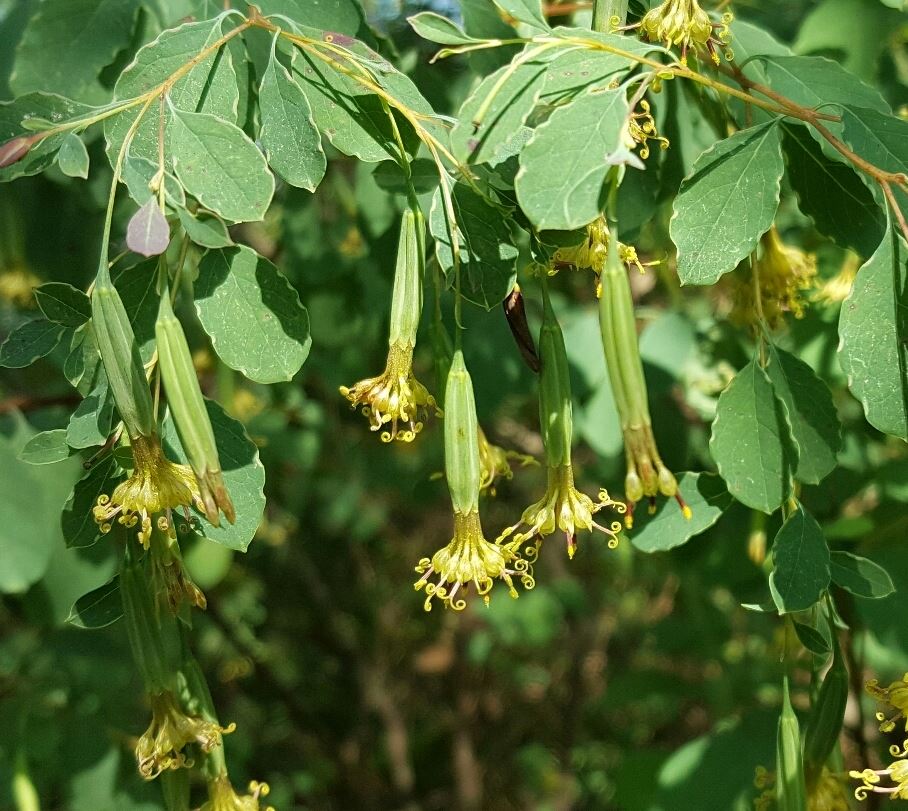
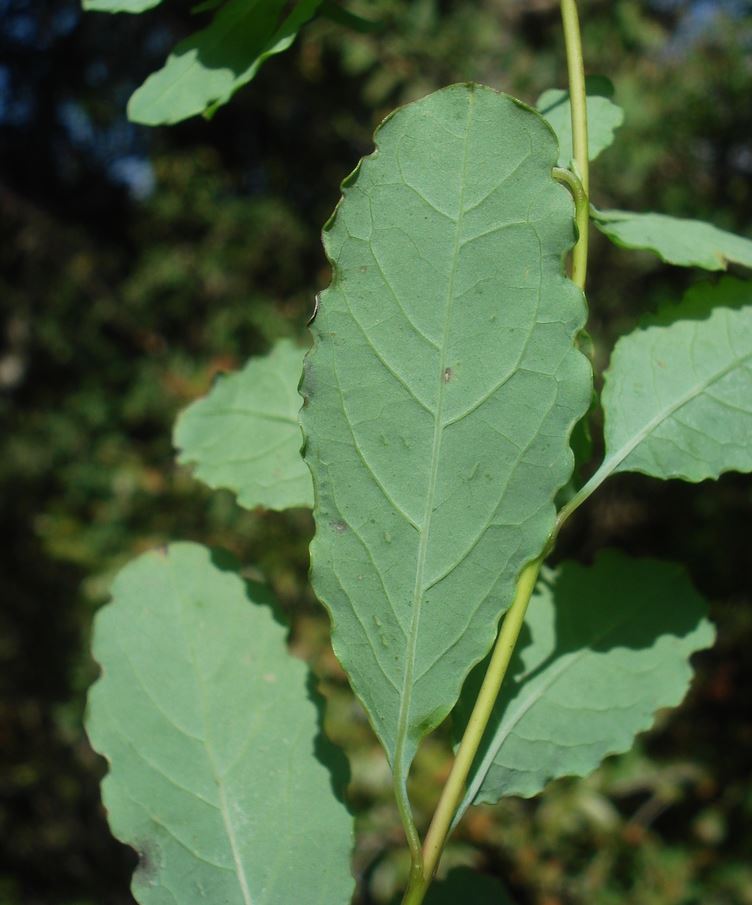
Porophyllum viridiflorum – noted by Gates (1939) as being the name for papaloquilitl. Does this refer to papaloquelite (as P.macrocephalum)? P.viridiflorum is not noted as being a synonym of P.macrocephalum though.
Synonym – Kleinia viridiflora
Botanically and culturally there is a lot of cross over between these species. I have come across many varieties whose provenance is not well understood.
Unknown (?) Porophyllums – Unknown Porophyllums
Identify Me : Am I a Poreleaf?
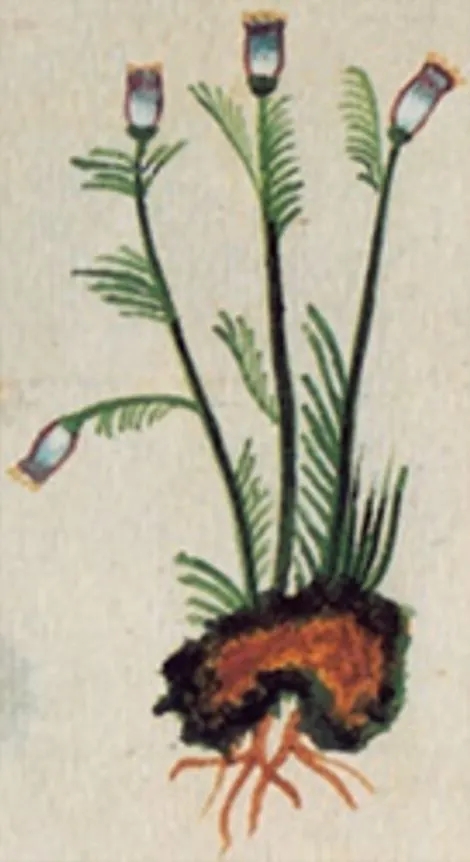
Ayauhtona – Ayauhtona. Another Poreleaf? – (variously identified as) – Porophyllum coloratum, Porophyllum seemannii, Porophyllum tagetoides, Porophyllum linaria
Chautl – Chautl. A porophyllum? – This may be the same plant as tepepapaloquilitl (Carmichael & Sayer 1995). Robert Bye identifies tepepapaloquilitl as Porophyllum punctatum.
Chaoacocopin – Papaloquelite : Chaoacocopin – “The Chaoacocopin, which some call Papaloquilitl or verdura de mariposa (literally butterfly vegetable), and others Ahoyacaquilitl or quelite apestoso”
Mazatlipapaloquiltl – (mazatl “deer” and papaloquilitl “you should know this word by now”. Could this be Quelite : Porophyllum gracile : Deer Weed ?
Pipitzcaquilitl – Pipitzcaquilitl : Porophyllum obtusifolium?
Tepepapaloquilitl – Quelite : Tepepapaloquilitl (tepetl – mountain, hill : papalotl – butterfly : quilitl – weed/herb) – tepalcachu, pápalo, pipizca de venado – (variously identified as being) Porophyllum gracile, Porophyllum punctatum, Tagetes lucida. This herb may also bee the one Hernandez described as Tepexipapalotzin of “butterfly of the rocks” herb
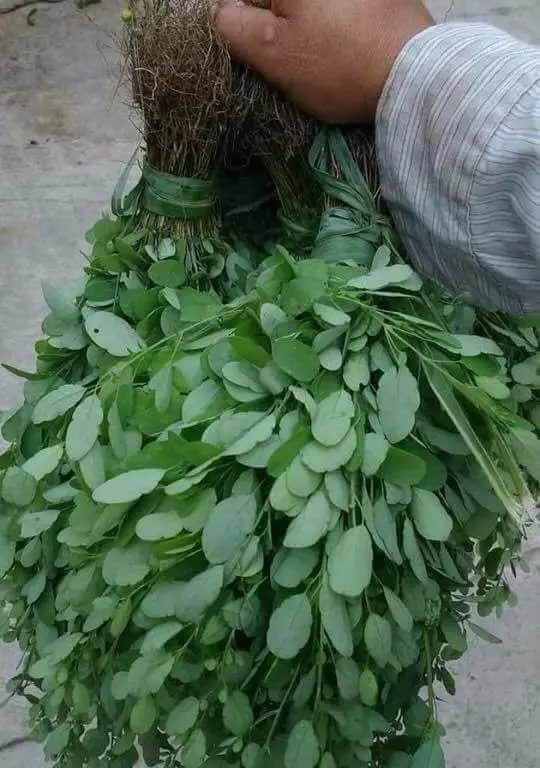
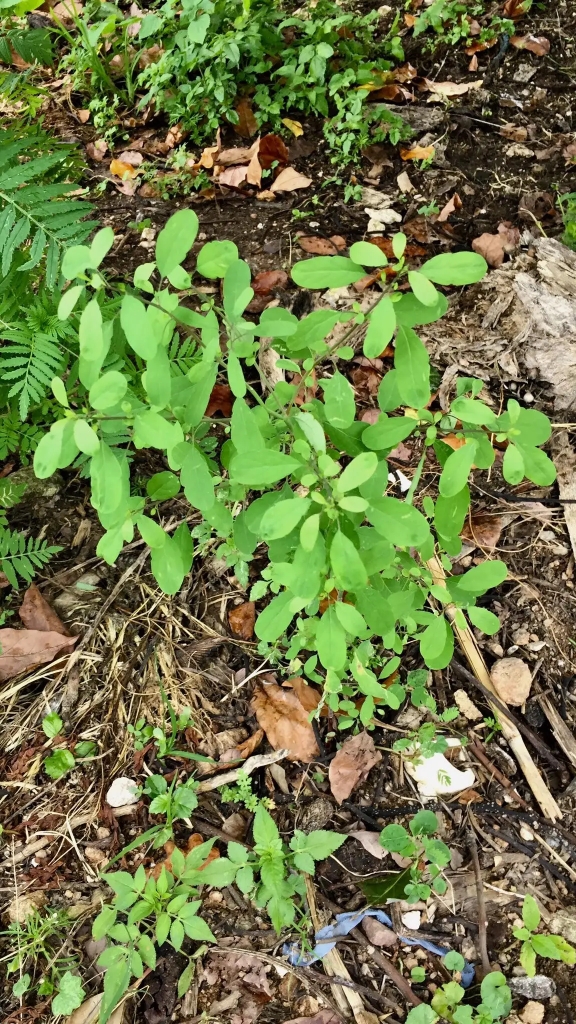
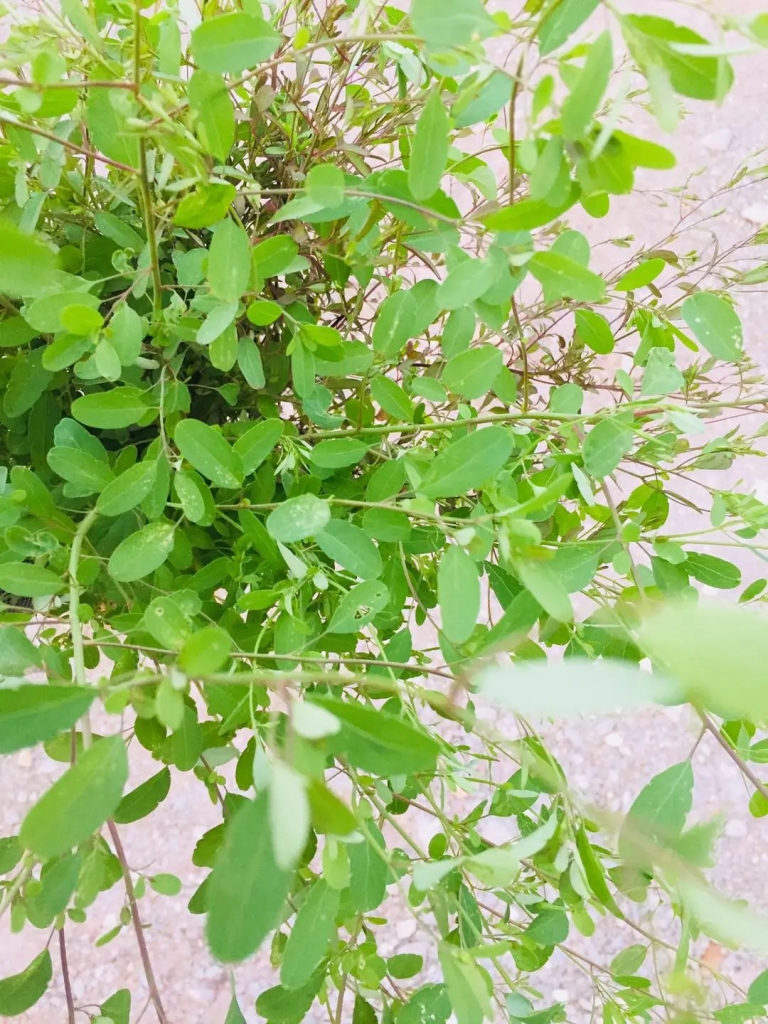
Tlapanche – Quelite : Tlapanche – quelite de venado, lapandzi, lapantsi, átlapántsin, aclapanchis, papalo de cerro, papalo criollo – (variously identified as being) – Porophyllum punctatum, Porophyllum pringlei, Porophyllum ruderale, Porophyllum nutans and Porophyllum calcicola
Tlatlaolton –Tlatlaolton. Which Porophyllum Are You? – Chepiche, escobilla, pipicha, pipizca : (variously identified as) – Porophyllum coloratum (synonyms – Kleinia colorata Kunth; Porophyllum seemannii), Porophyllum gracile, Porophyllum tagetoides, Porophyllum seemanii and Porophyllum viridiflorum
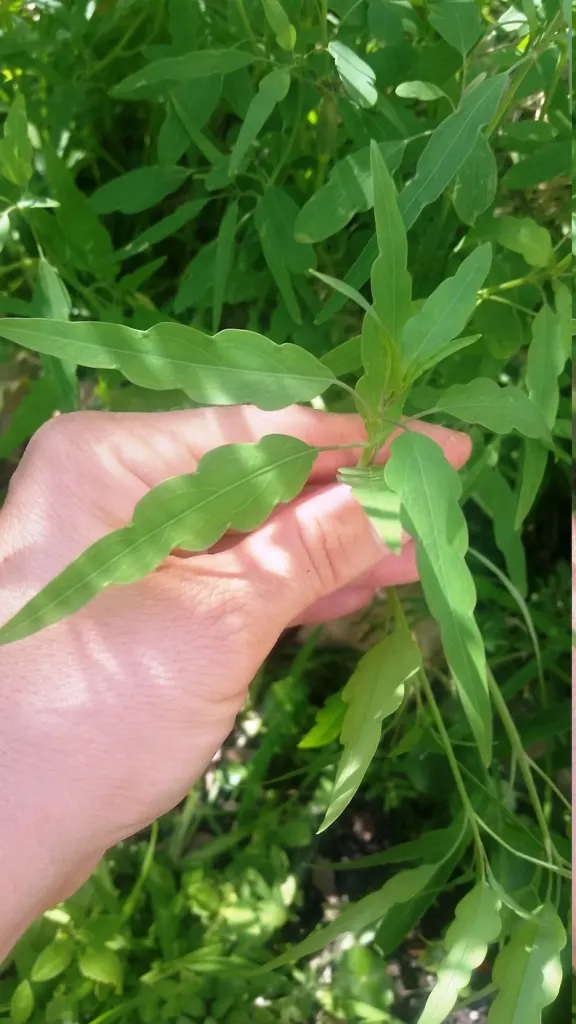
Yerba Porosa : (Unknown Porophyllum)
Is yerba porosa the pipiza Guerrerense?

P. macrophyllum (igual que P. macrocephalum D. C.)
Zacapapaloquilitl – Unknown Porophyllum : Zacapapaloquilitl. – butterfly grass (pasto de mariposas), butterfly vegetable (verdura de mariposas)
References
- Pablo G. Aceñolaza, Estela E. Rodriguez, Julián Gago, Gonzalo Picasso y Federico Haretche (2019) Plantas del bajo Río Uruguay “HIERBAS, LIANAS y EPÍFITAS” Comisión Administradora del Río Uruguay – C.A.R.U. REPÚBLICA ORIENTAL DEL URUGUAY: ISBN 978-9974-641-25-9 (papel)
- Alfaro, Miguel Angel Martínez, Virginia Evangelista Oliva, Myrna Mendoza Cruz, Gustavo García, Guadalupe Toledo Olazcoaga and Alfredo Wong León. “Catálogo de plantas útiles de la Sierra Norte de Puebla, México.” (1995).
- Bye, Robert & Linares, Edelmir (2013) “Códice De la Cruz-Badiano (Second part)”, Archaeology Mexicana , special edition no. 51, p. 58-59.
- Carmichael, E & Sayer , C : The Skeleton at the Feast. “The Day of the Dead in Mexico” : 1995 : ISBN-10: 0292776586
- Funk, V.A., P.E.Berry, S.Alexander, T.H.Hollowell & C.L.Kelloff (2007). Checklist of the Plants of the Guiana Shield (Venezuela: Amazonas, Bolivar, Delta Amacuro; Guyana, Surinam, French Guiana). Contributions from the United States National Herbarium 55: 1-584. [Cited as Porophyllum ruderale.]
- Gates, William (Translator) (2000) An Aztec Herbal: The Classic Codex of 1552 : an English translation of the Libellus de Medicinalibus Indorum Herbis, published by the Maya Society (1939). Dover Publications, Mineola, New York : ISBN 9780486411309 / 0486411303
- Paúl Gonzáles; Asunción Cano; Tiina Särkinen; Zoë Goodwin; Niels Valenci; Inés Sachahuamán; José Luis Marcelo-Peña (2020) Las plantas comunes del bosque seco del Marañón (Biodiversidad para las comunidades locales) Primera edición digital, octubre 2020 : ISBN: 978-612-00-5546-5
- Postigo, Agustina; Funes, Matías; Petenatti, Elisa; Bottai, Hebe; Pacciaroni, Adriana; Sortino, Maximiliano (2017). Antifungal photosensitive activity of Porophyllum obscurum (Spreng.) DC.: Correlation of the chemical composition of the hexane extract with the bioactivity. Photodiagnosis and Photodynamic Therapy, (), S157210001730368X–. doi:10.1016/j.pdpdt.2017.10.023
- USDA, Agricultural Research Service, National Plant Germplasm System. 2023. Germplasm Resources Information Network (GRIN Taxonomy). National Germplasm Resources Laboratory, Beltsville, Maryland.URL: https://apg.pir.sa.gov.au/gringlobal/taxon/taxonomydetail?id=317910. Accessed 30 October 2023.
- Zuloaga, F.O., Morrone, O. , Belgrano, M.J., Marticorena, C. & Marchesi, E. (eds.) (2008). Catálogo de las Plantas Vasculares del Cono Sur. Monographs in Systematic Botany from the Missouri Botanical Garden 107: 1-3348. Missouri Botanical Garden. [Cited as Porophyllum ruderale.]
Websites
- Synonyms – https://tomclothier.hort.net/page46.html
Pv1 – image by zirahuenortega via uk.inaturalist.org
Pv2 – image by Ignacio Torres García via uk.inaturalist.org
Pv3 – image by guadalupe_cornejo_tenorio via uk.inaturalist.org

